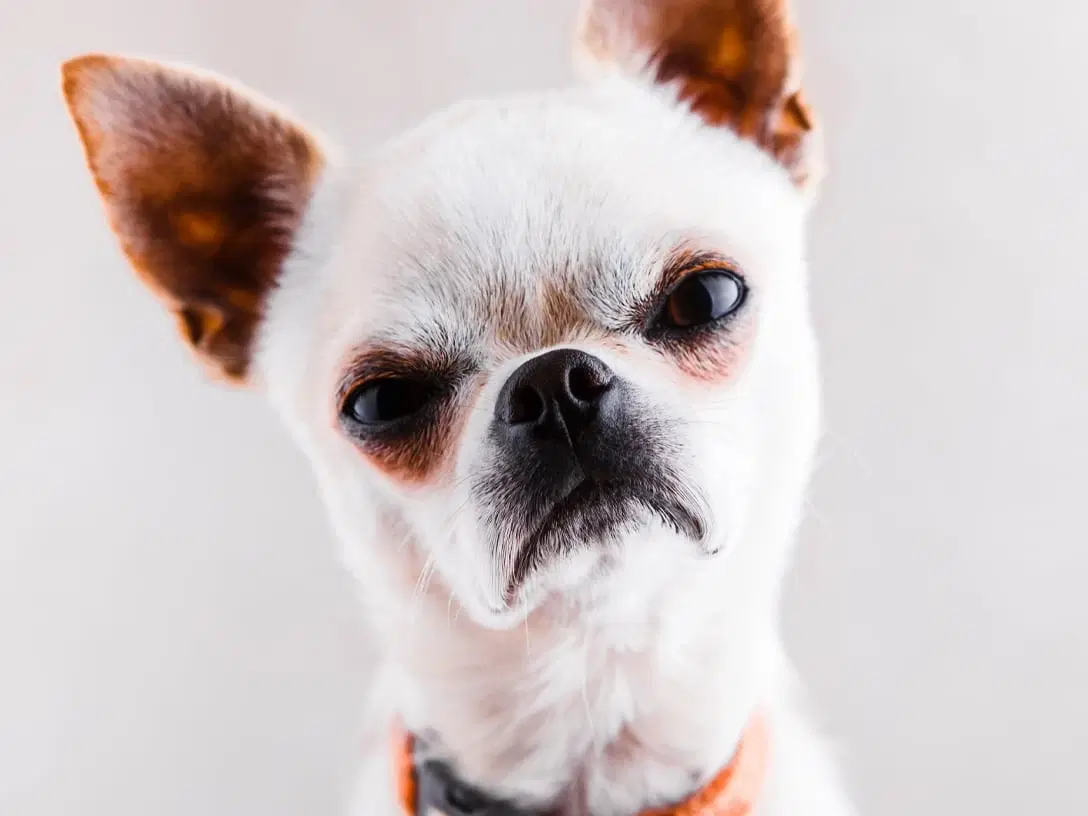Dogs are beloved companions, but it's important to understand that they, like any animal, can display aggression under certain circumstances. While some breeds have a higher predisposition to aggression due to their historical purposes or genetic traits, it's crucial to remember that any dog can become aggressive if not properly trained and socialized.
The Role of Nature vs. Nurture
A dog's temperament is shaped by a complex combination of inherited traits and environmental factors. Some breeds have been selectively bred for traits like guarding, herding, or hunting - roles that might require a certain level of assertiveness or a tendency to react on instinct. However, the way a dog is raised, trained, and socialized has an immense impact on how they express those instincts. Responsible ownership, focused on providing proper training and socialization, is the key to preventing aggression in any dog.
1. Chihuahua
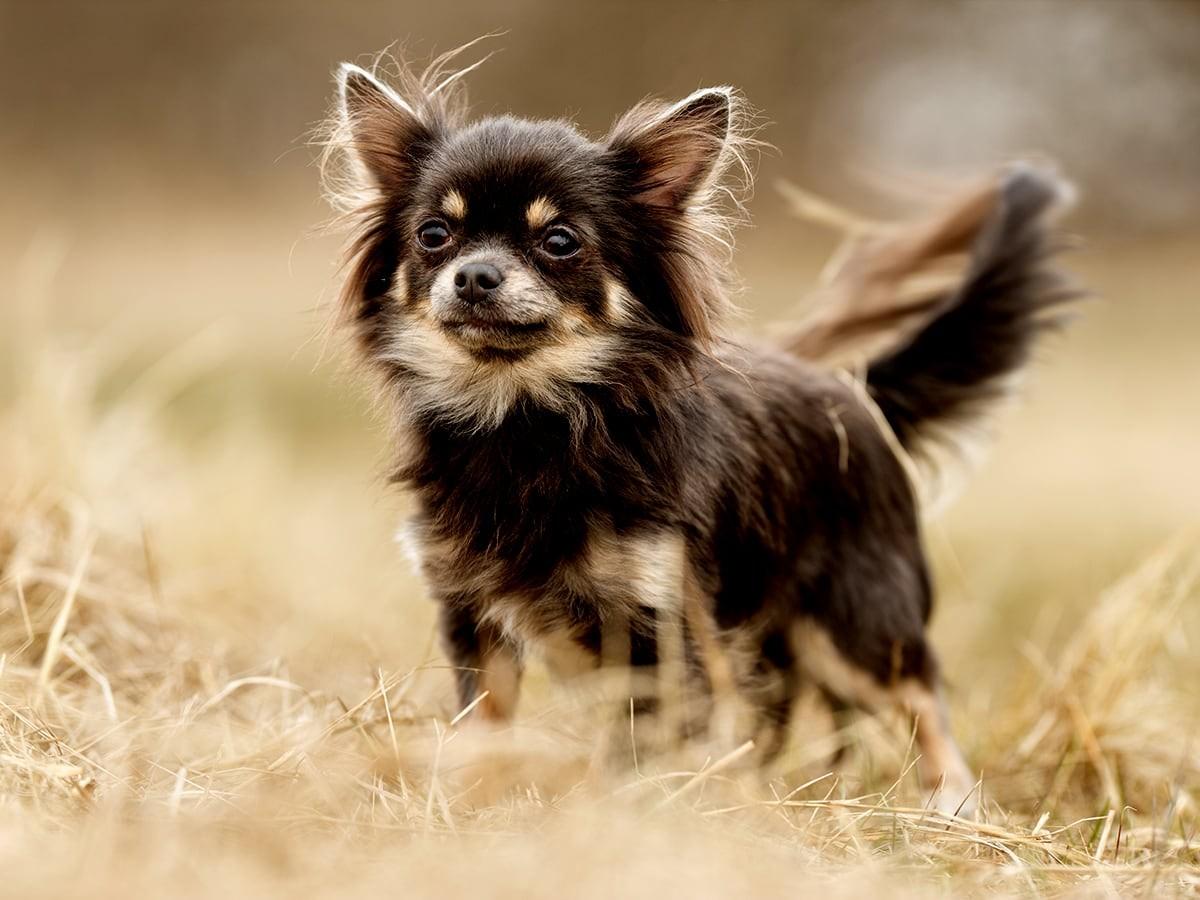
Average Weight: 2 to 7 pounds (male and female)
Average Height: 6 to 9 inches (male and female)
Life Expectancy: 12 to 14 years
As the smallest breed in the world, these tiny dogs may not look aggressive at a glance, but this breed has been known to display multiple traits of aggression. Chihuahuas are known to be very loyal and devoted to their pet parents. On its own this can be a beautiful trait, but can often lead to jealousy and result in actions such as barking and biting. Caution: This breed is not child-friendly.
2. Dachshund
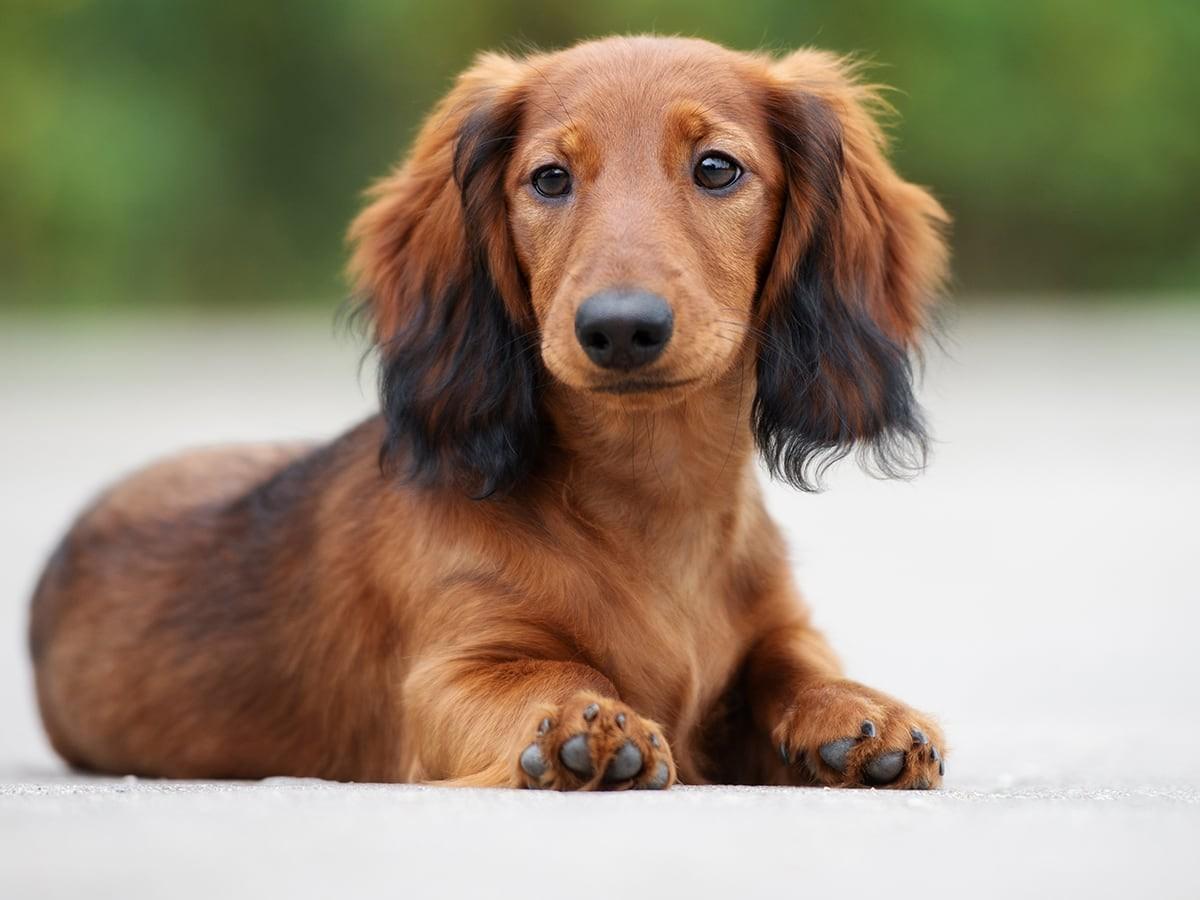
Average Weight: 15 to 30 pounds (male and female)
Average Height: 15 to 19 inches (male and female)
Life Expectancy: 12 to 16 years
Known by many names, the Weiner dog, Badger dog, Sausage dog, or Dachshund, is a short-leg, long-bodied breed known for its unique appearance. Primarily used for hunting in the past, it is not surprising that aggression can be a prominent trait. Another reason for the aggression displayed by this breed is its small size, which it tries to make up for with extra attitude. Here's an overview of the costs associated with the Dachshund.
3. Chow Chow
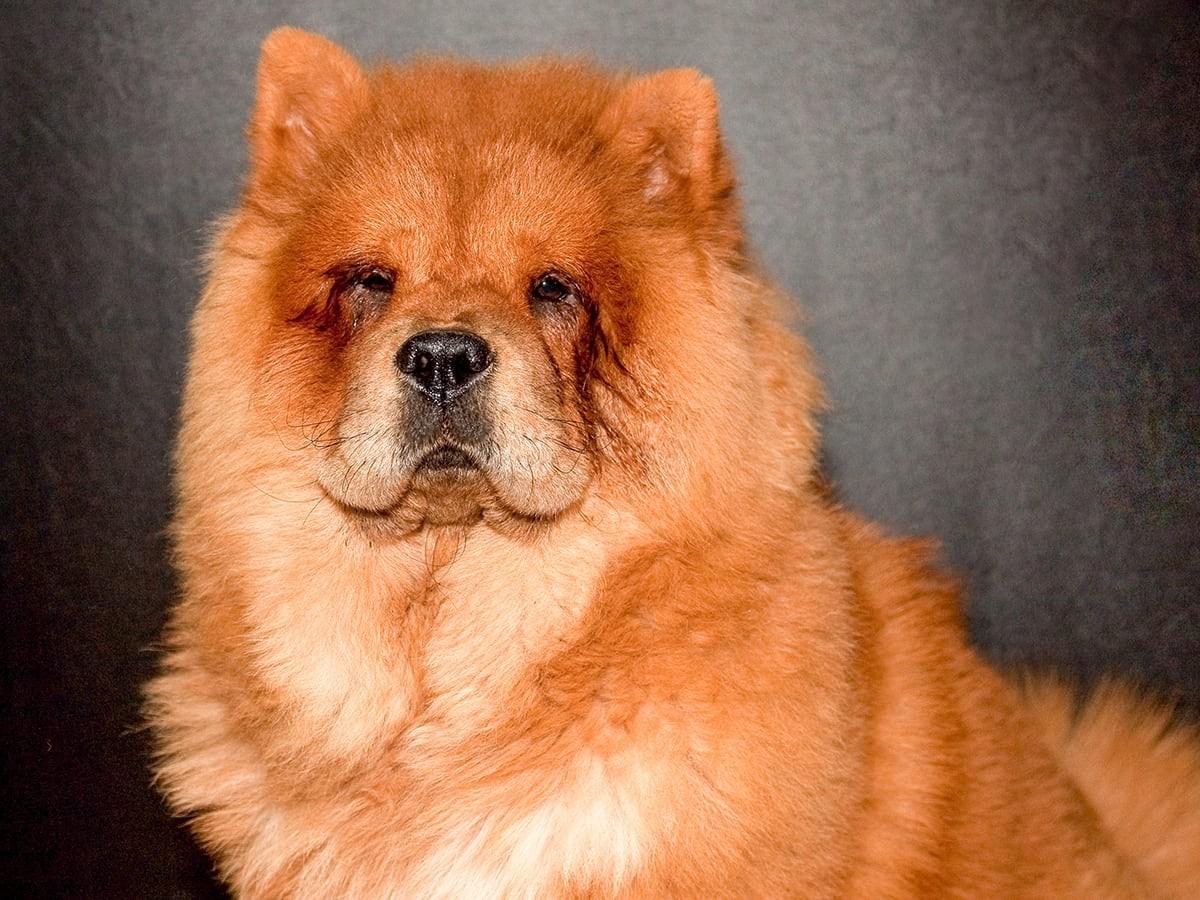
Average Weight: 40 to 90 pounds (male and female)
Average Height: 17 to 22 inches (male and female)
Life Expectancy: 11 to 13 years
Of Chinese origin, the Chow Chow is a sturdy dog with a dense double coat. These dogs are known for their skills in hunting and herding, both which require assertive and dominant personalities. Here's a fun fact for you: one Chow Chow even became the beloved pet of ex-US President Calvin Coolidge. Check out the typical expenses you might encounter when owning a Chow Chow.
4. Akita
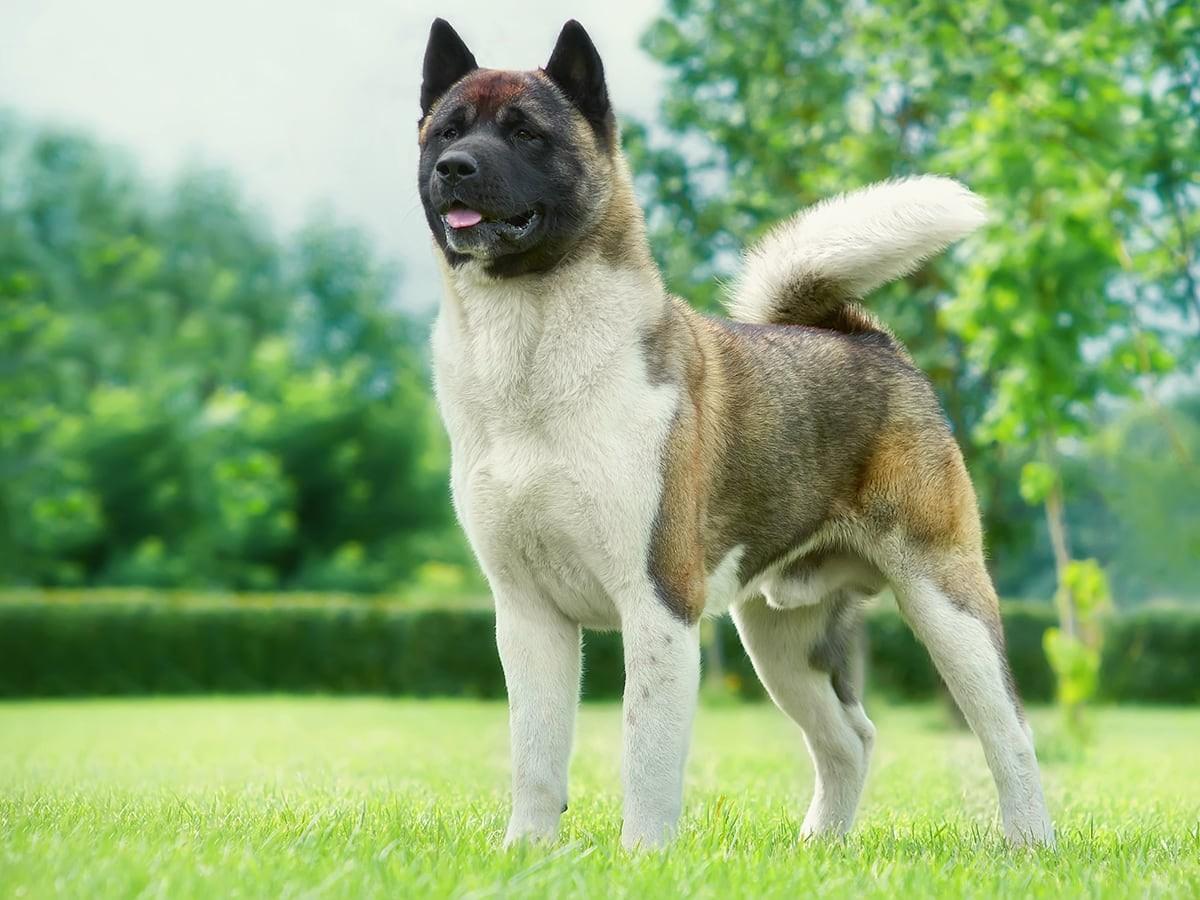
Average Weight: 60 to 100 pounds (male and female)
Average Height: 23 to 28 inches (male and female)
Life Expectancy: 8 to 10 years
A Japanese dog, the Historic, Akita has its origins in the northern mountains of Japan. Commonly trained for activities like policing and guarding, these dogs have developed a protective nature. Akita are naturally wary of strangers and other dogs and may even attack. Get a sense of the financial implications of owning an Akita here.
5. American Pitbull Terrier
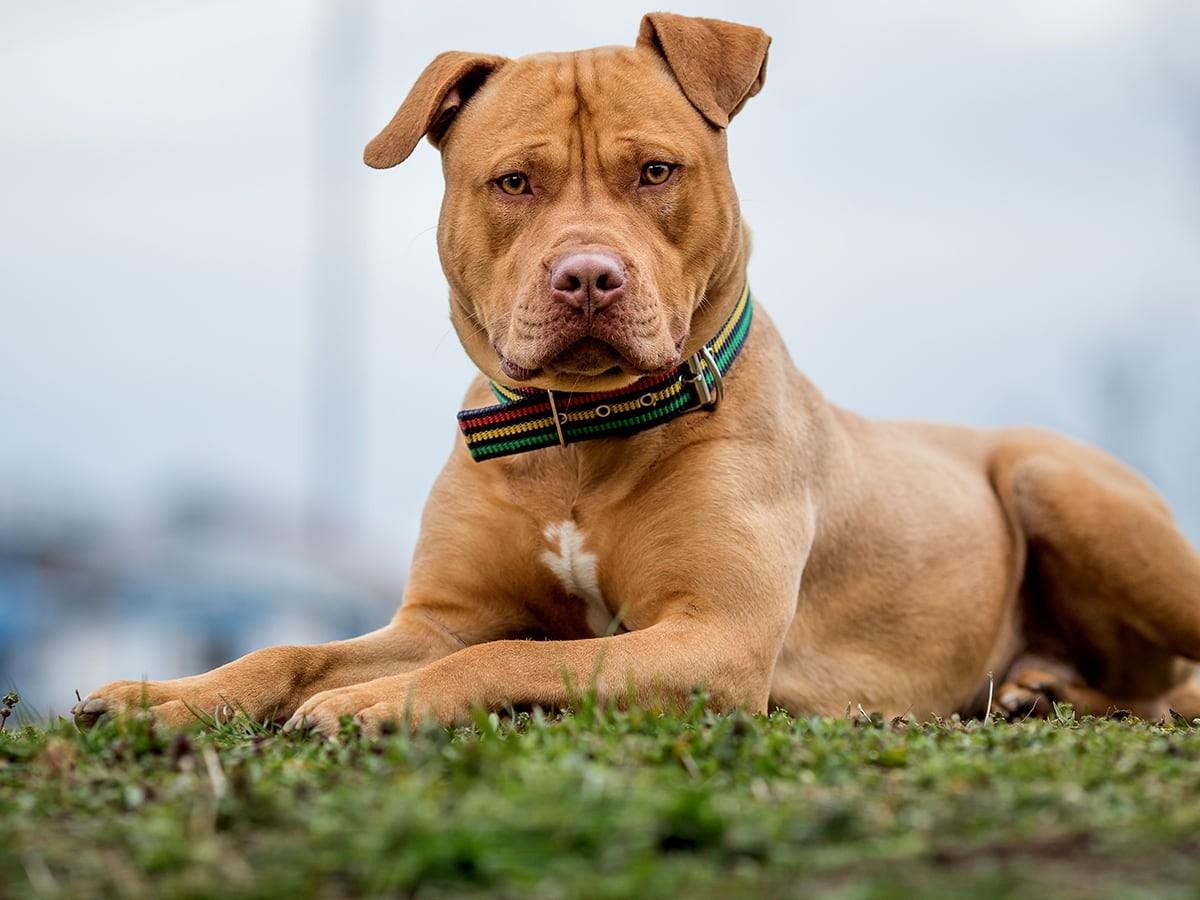
Average Weight: 35 to 60 pounds (male and female)
Average Height: 18 to 21 inches (male and female)
Life Expectancy: 8 to 14 years
American Pitbull Terriers are known for being tenacious and determined canines. These characteristics can often lead to aggressive behavior and the courage to engage in fights. However, with proper training, these dogs can be very loving and affectionate pets. You may also be interested in Japanese Terrier.
6. Cane Corso
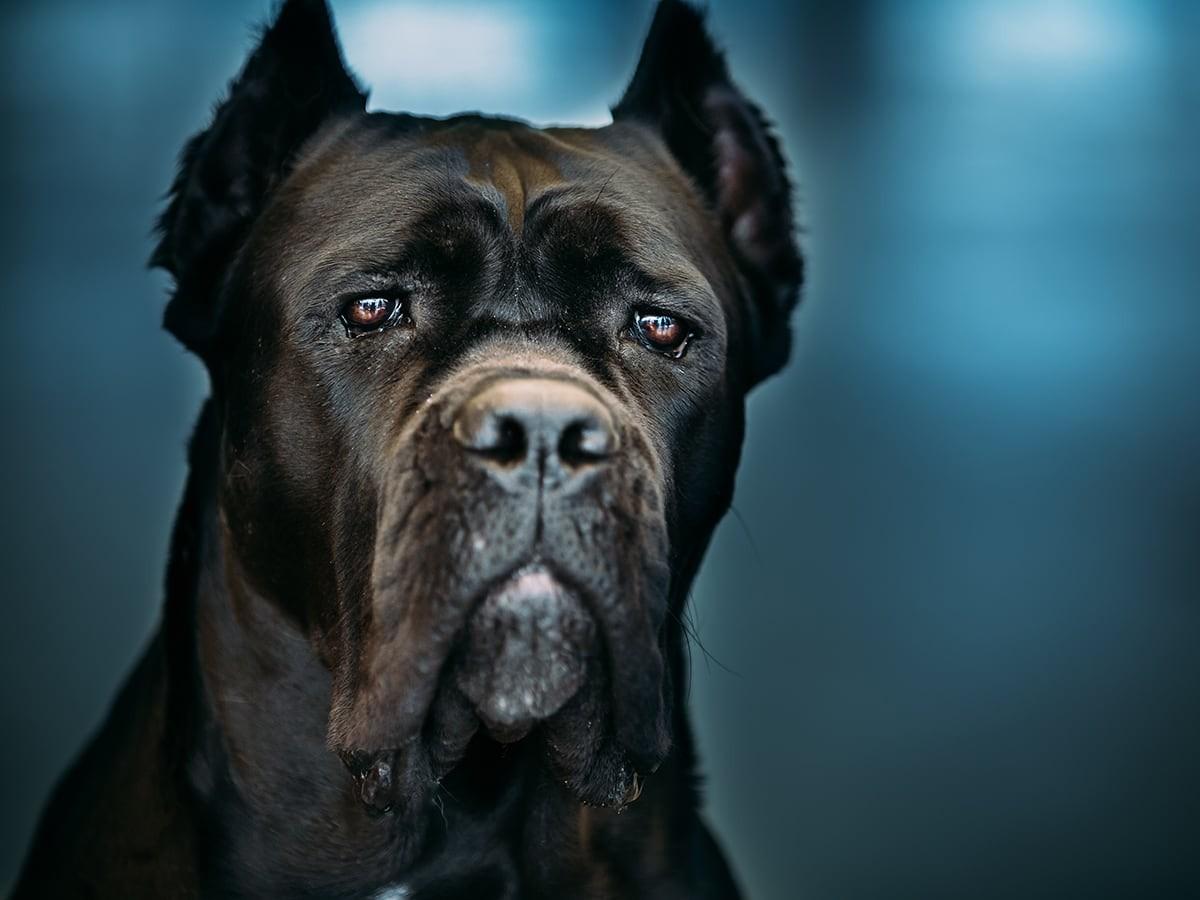
Average Weight: 100 to 110 pounds (male and female)
Average Height: 24 to 28 inches (male and female)
Life Expectancy: 10 to 12 years
An Italian Mastiff, this breed can often be found in the role of companion dog or guard dog. The Cane Corso is another breed that has in the past been used for hunting because of their aggressive nature. Cane Corsos are highly unlikely to be friendly with strangers, especially during a first impression. Learn more about the costs tied to the Cane Corso dog breed.
7. Doberman Pinschers
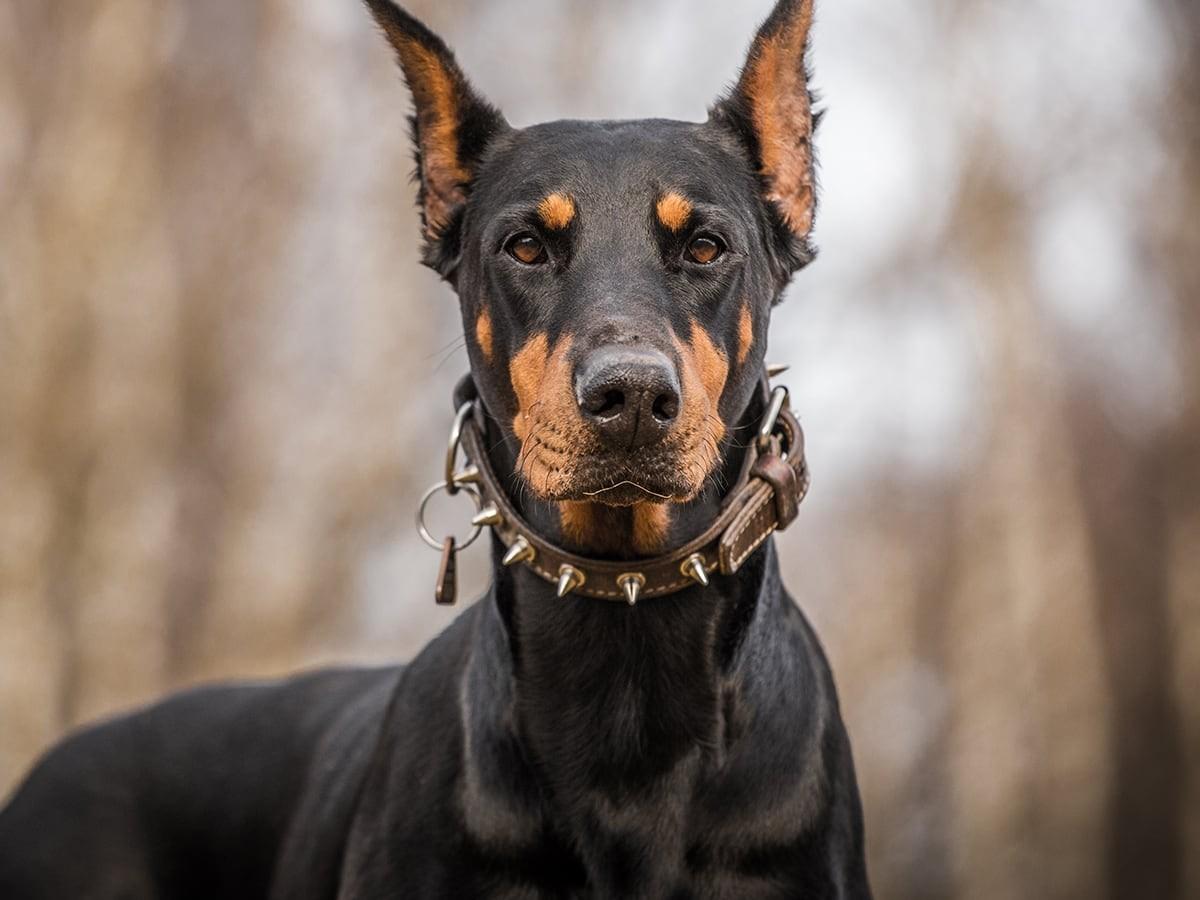
Average Weight: 60 to 100 pounds (male and female)
Average Height: 24 to 28 inches (male and female)
Life Expectancy: 10 to 12 years
This large breed developed by Louis Dobermann in Germany is among the most intelligent, tenacious, and energetic guard dogs. Often used by the Police, Doberman Pinschers can be very aggressive, especially with strangers, if not trained properly. We've detailed the expenses linked to owning a Doberman Pinscher breed dog. If you decide this dog is not for you, you may also be interested in a Miniature Pinscher.
8. German Shepherds
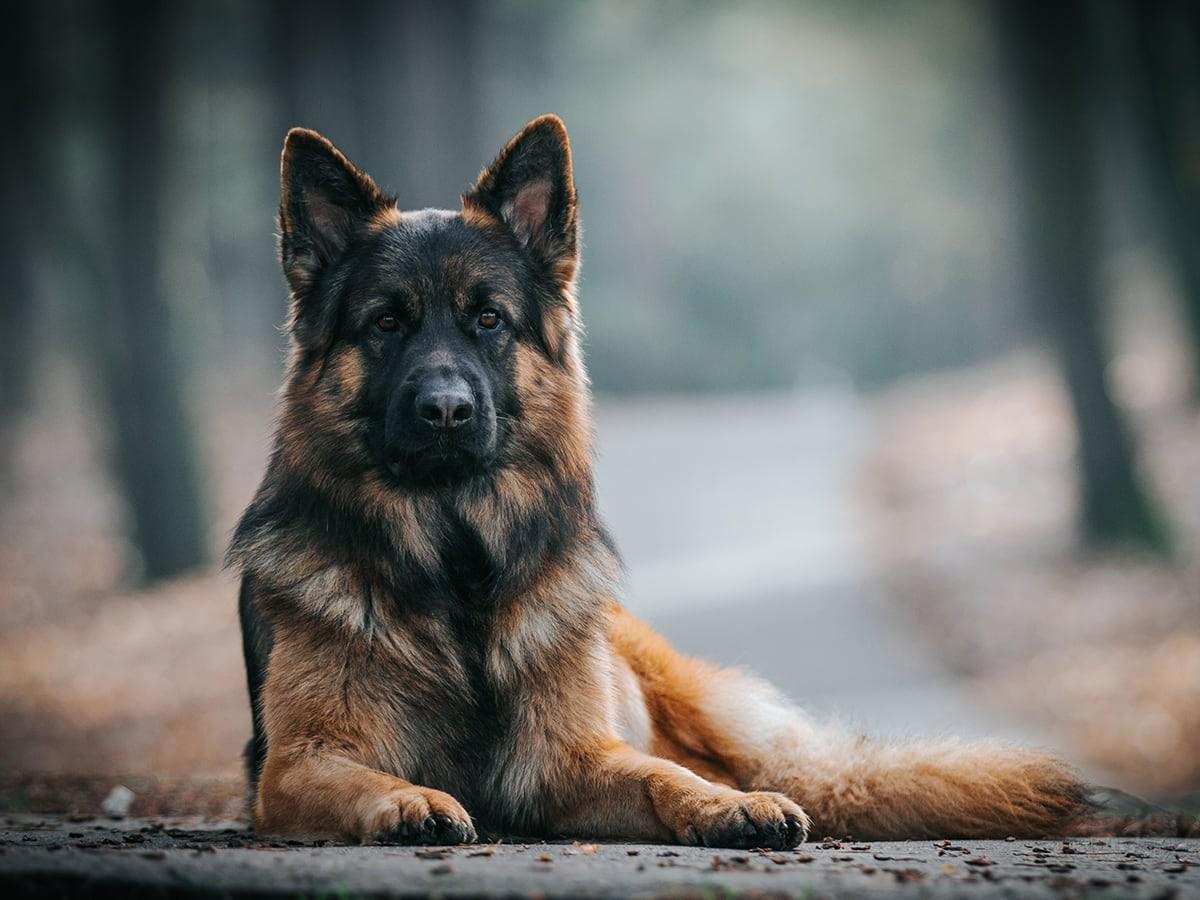
Average Weight: 66 to 88 pounds (male and female)
Average Height: 24 to 28 inches (male and female)
Life Expectancy: 9 to 13 years
Also known as Alsatians, German Shepherds are the working dogs of Germany. Primarily used for herding, disability assistance, search-and-rescue, police work, and warfare, these dogs can seem intimidating based on their appearance alone. Naturally protective of their families, these dogs can be aggressive by nature and need proper training and socialization. Understand the financial investment for a German Shepherd dog breed with this information.
9. Rottweilers
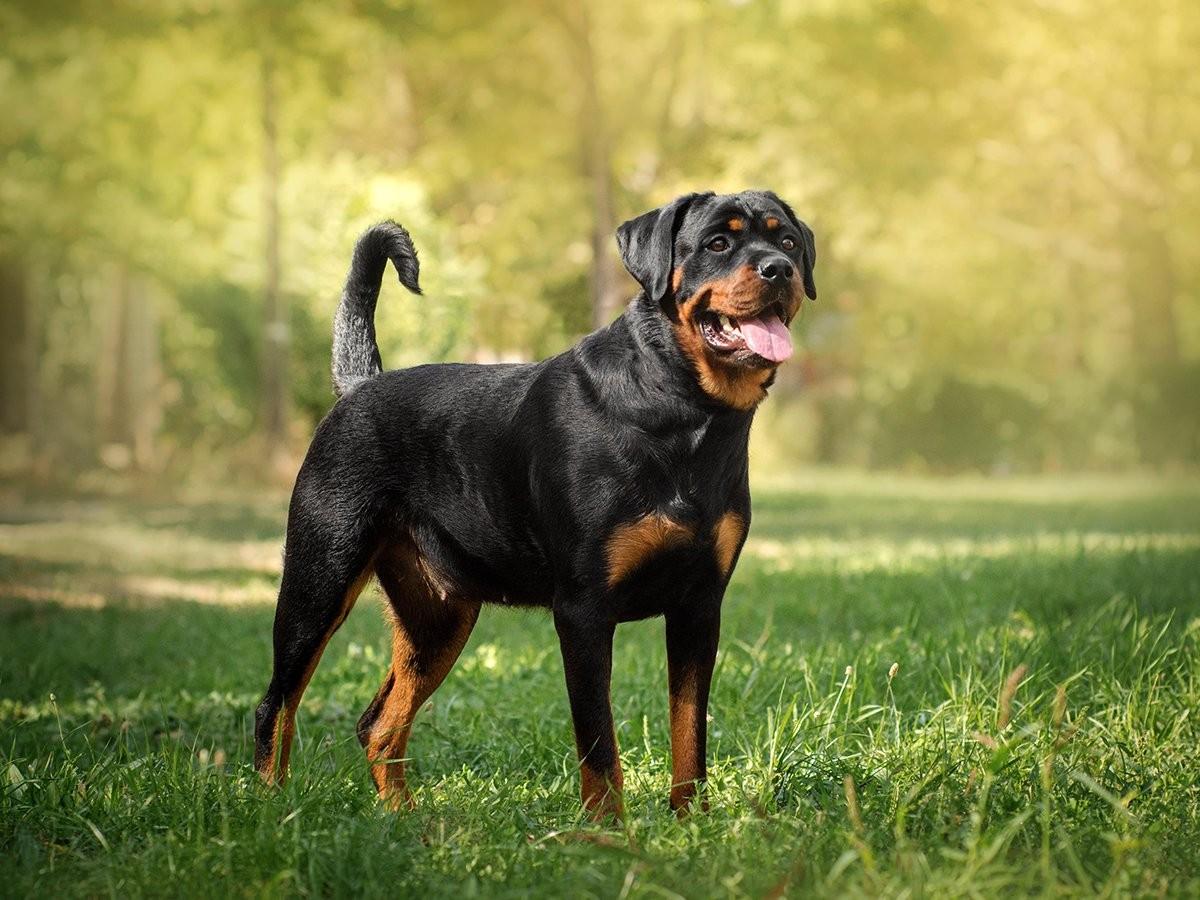
Average Weight: 110 to 130 pounds (male and female)
Average Height: 24 to 27 inches (male and female)
Life Expectancy: 8 to 10 years
Mainly used for herding livestock and pulling carts filled with butchered meat, Rottweilers are also known as Rottweiler Metzgerhund, meaning Rottweil butchers’ dogs in Germany, where they originated. From loving and affectionate to aggressive protectors, these dogs are shaped by their upbringing. If you are interested in bringing a Rottweiler into your home, here is a detailed breakdown of the costs related to the Rottweiler dog breed.
10. Czechoslovakian Wolfdog
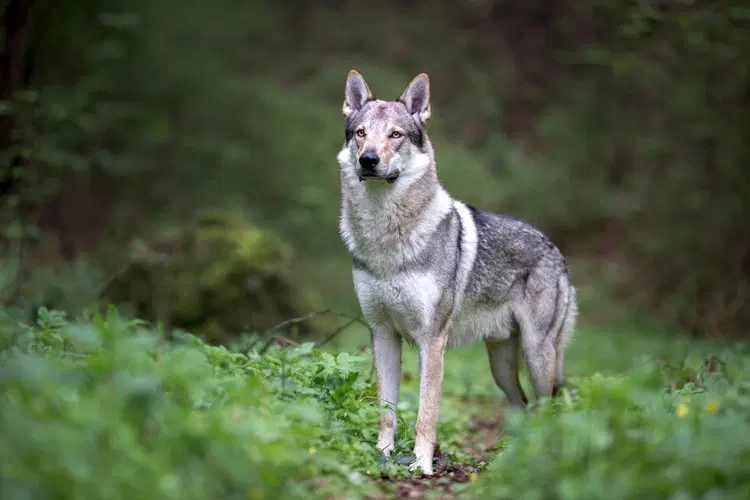
Average Weight: 44 to 57 lbs.
Average Height: 23.5 to 25.5 inches
Life Expectancy: 12 to 16 years
Czechoslovakian Wolfdogs are considered one of the more aggressive breeds due to their strong pack instincts, high prey drive, and independent, wolf-like temperament. Originally bred for military use, they are naturally wary of strangers and can be unpredictable without proper training and early socialization. Their intelligence and energy also make them challenging to manage for inexperienced pet parents. Without consistent structure and leadership, their behavior can quickly become difficult to control.
Frequently Asked Questions:
Are Belgian Malinois Aggressive?
When it comes to Belgian Malinois, it's important to clarify that this breed is not inherently aggressive. Belgian Malinois are highly intelligent, energetic, and protective dogs, often excelling in roles such as police work, search and rescue, and service tasks. Their protective nature and strong work drive can sometimes be mistaken for aggression. However, with proper training, socialization, and mental stimulation, Belgian Malinois can be gentle, loyal, and well-mannered companions. It is important to realize that people who own these pets need to put in the effort to train them effectively.
Are Bulldogs Aggressive?
Similarly, when considering Bulldogs, it's important to dispel the myth that they are naturally aggressive. Bulldogs are typically known for their calm, friendly, and patient demeanor. They were originally bred for bull-baiting, but modern Bulldogs have been selectively bred to be gentle companions. While they may exhibit stubbornness, they are generally affectionate and good-natured with family members, including children. Like any breed, a Bulldog's behavior can be influenced by its environment, training, and socialization. Proper care, positive reinforcement training, and regular social interactions from a young age can help ensure that Bulldogs remain friendly and well-adjusted pets.
Are Labradors Aggressive?
Continuing with our examination of dog breed temperaments, let's address the question of whether Labradors are aggressive. Labradors are widely recognized for their friendly, outgoing, and gentle nature. Bred originally for retrieving game during hunts, they have evolved into one of the most popular family pets due to their affectionate and sociable temperament. Labradors typically exhibit high levels of patience, making them excellent companions for children and other animals. However, as with any breed, a Labrador's behavior can be influenced by its upbringing, environment, and training.
Expert Insights From Spot
While some dog breeds are known for being gentle companions, others may require more experienced handling due to potential behavioral issues. According to Spot's data, the average cost of a claim for treating behavioral problems in dogs is around $275. This highlights the importance of responsible pet ownership, including proper training and socialization, to help prevent behavioral issues in dogs. Early intervention and professional guidance can significantly improve a dog's behavior and create a harmonious home for everyone.
How to Prevent Canine Aggression
It's essential to highlight that this list doesn't mean these breeds are inherently dangerous. With responsible ownership, proper training, and early socialization, dogs of any breed can be loving and well-adjusted companions.
Here's what responsible ownership looks like:
Training: Start obedience training early, using positive reinforcement and focusing on socialization.
Socialization: Expose your dog to various people, animals, and environments from puppyhood in a controlled manner.
Exercise: Provide sufficient physical and mental stimulation. Bored dogs are more likely to become problematic.
Supervision: Don't leave dogs unsupervised with children or other animals they don't know well.
Remember: Every Dog is an Individual
Choosing a dog, regardless of breed, is a significant commitment. By understanding a dog's potential for aggression, along with the transformative power of proper training and socialization, you set the foundation for a safe and rewarding relationship for both you and your beloved companion.
What is the Difference Between a Protective Dog and an Aggressive Dog?
At Spot Pet Insurance, we believe it's crucial to distinguish between protective and aggressive behavior in dogs, as understanding this difference can enhance both pet and owner well-being. Protective dogs are loyal and devoted to their families, often showing heightened alertness or defensive behavior when they perceive a threat to their loved ones. This behavior is typically controlled and purposeful, rooted in the instinct to guard and safeguard their human companions. On the other hand, aggressive dogs may exhibit uncontrolled and unwarranted hostility towards people or other animals, regardless of a real threat. This type of behavior can be unpredictable and dangerous, stemming from factors such as fear, anxiety, or a lack of proper socialization.

As Spot’s resident cat enthusiast, I am dedicated to researching and sharing information that helps pet owners take the best care of their pets. Pet ownership comes with it’s share of challenges, but my goal is to help make this journey easier.

